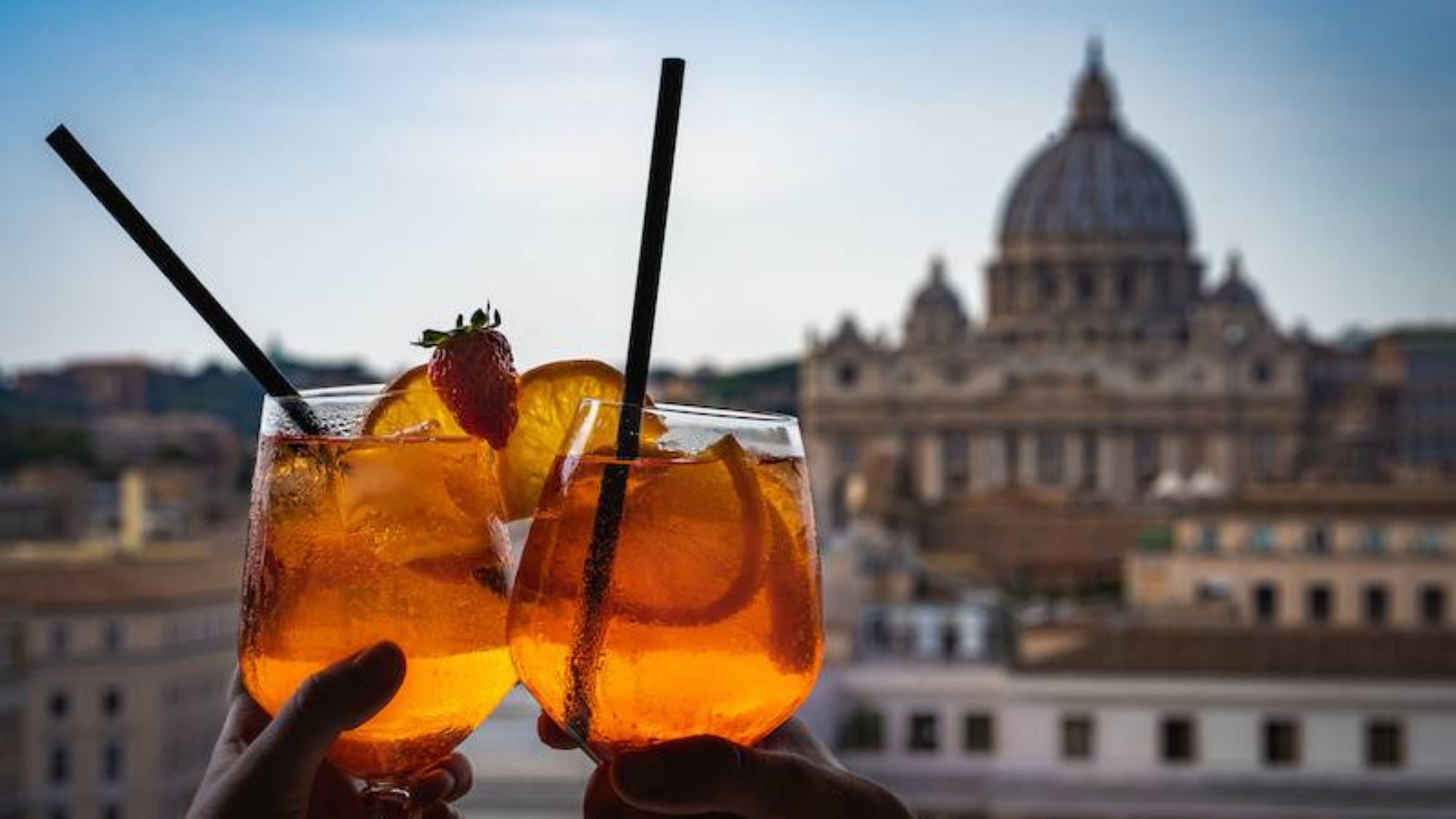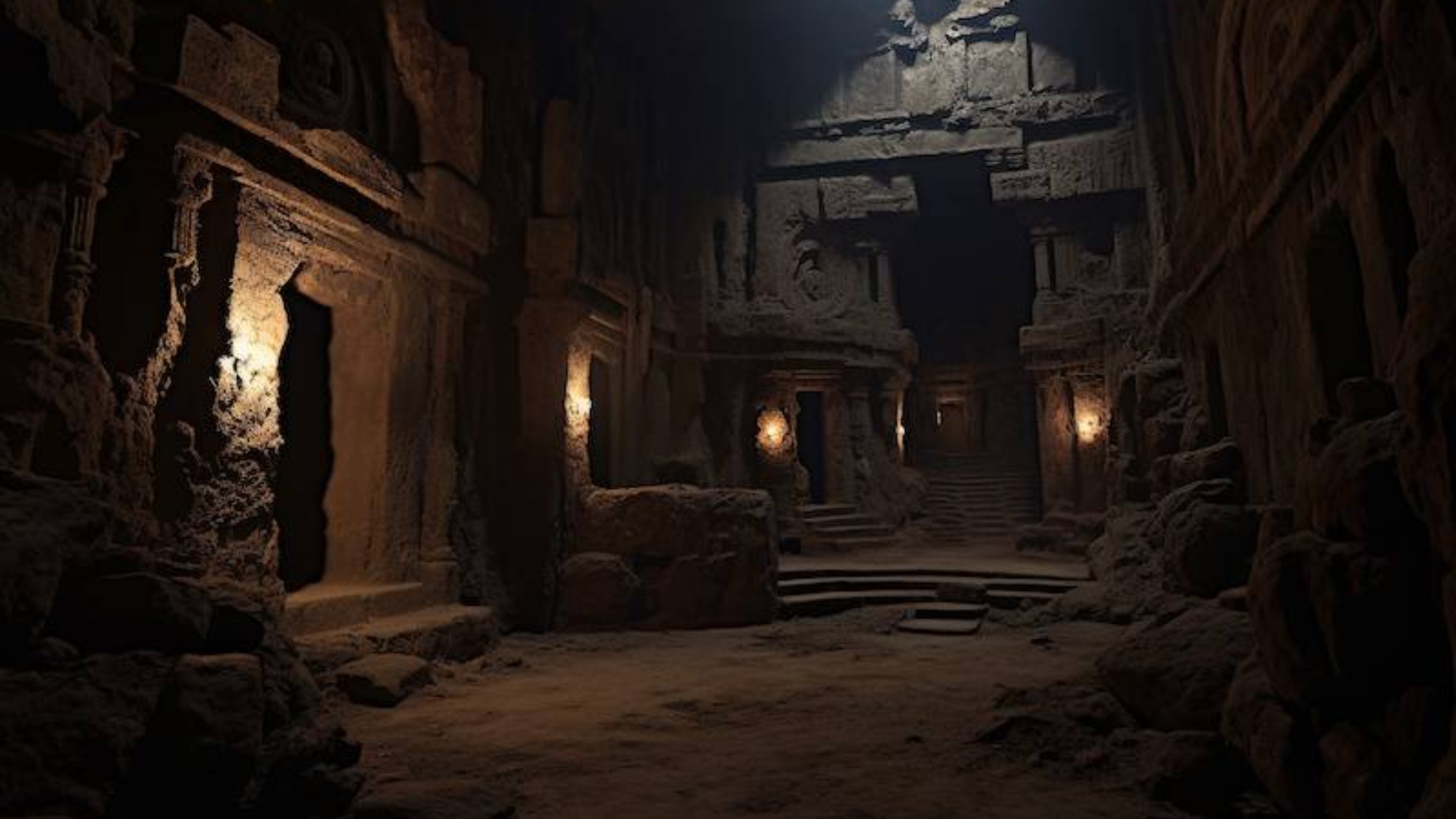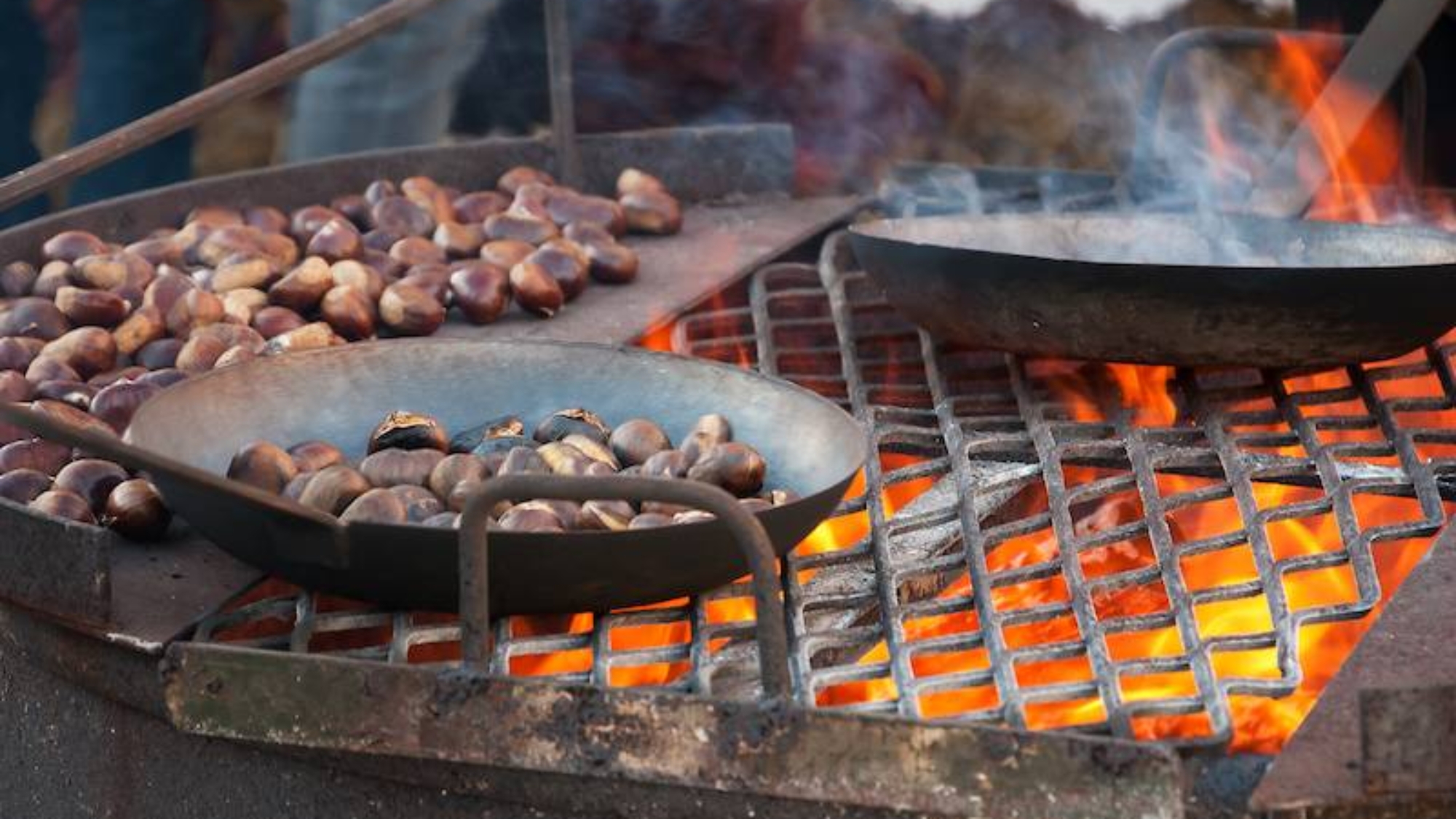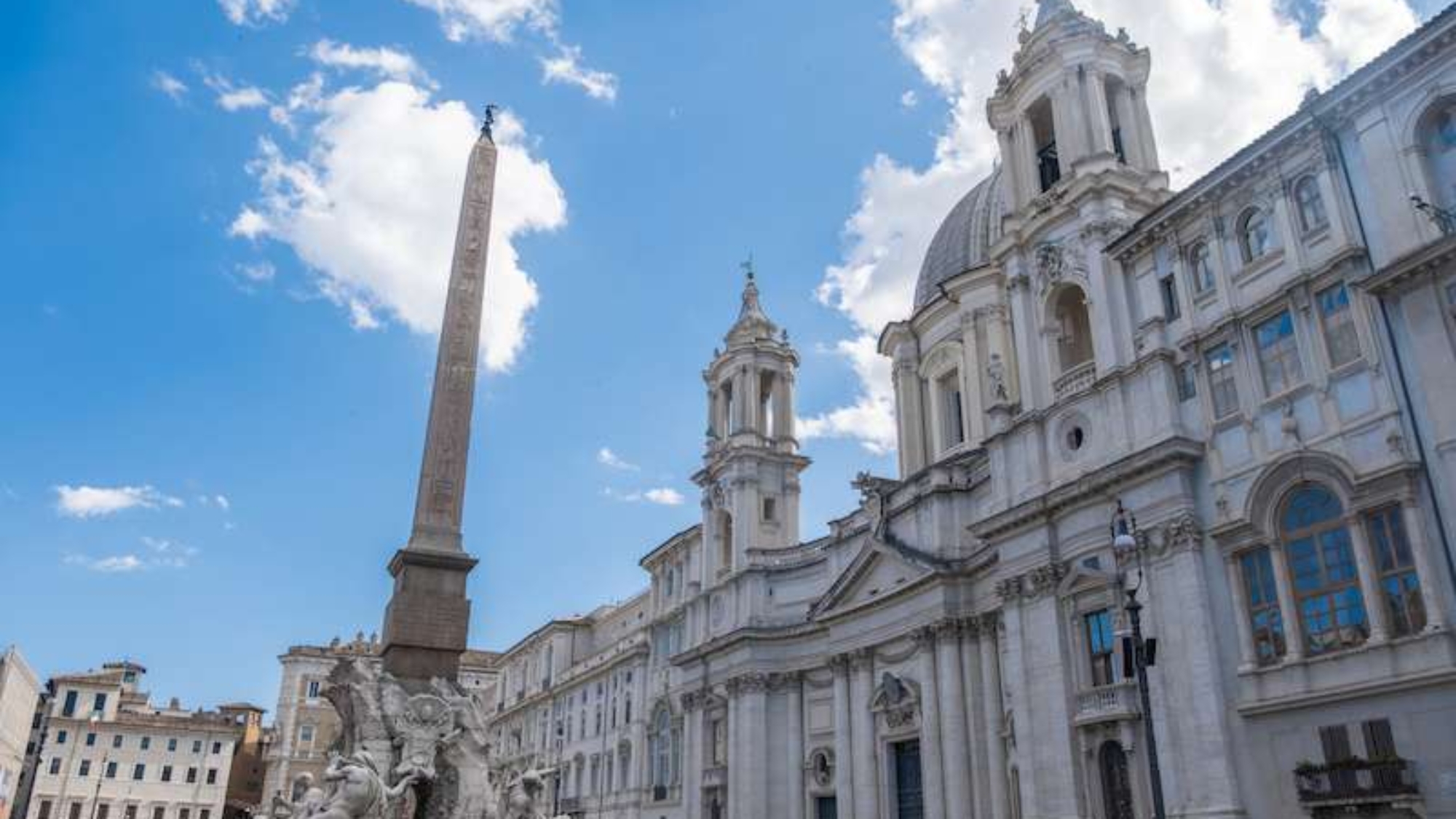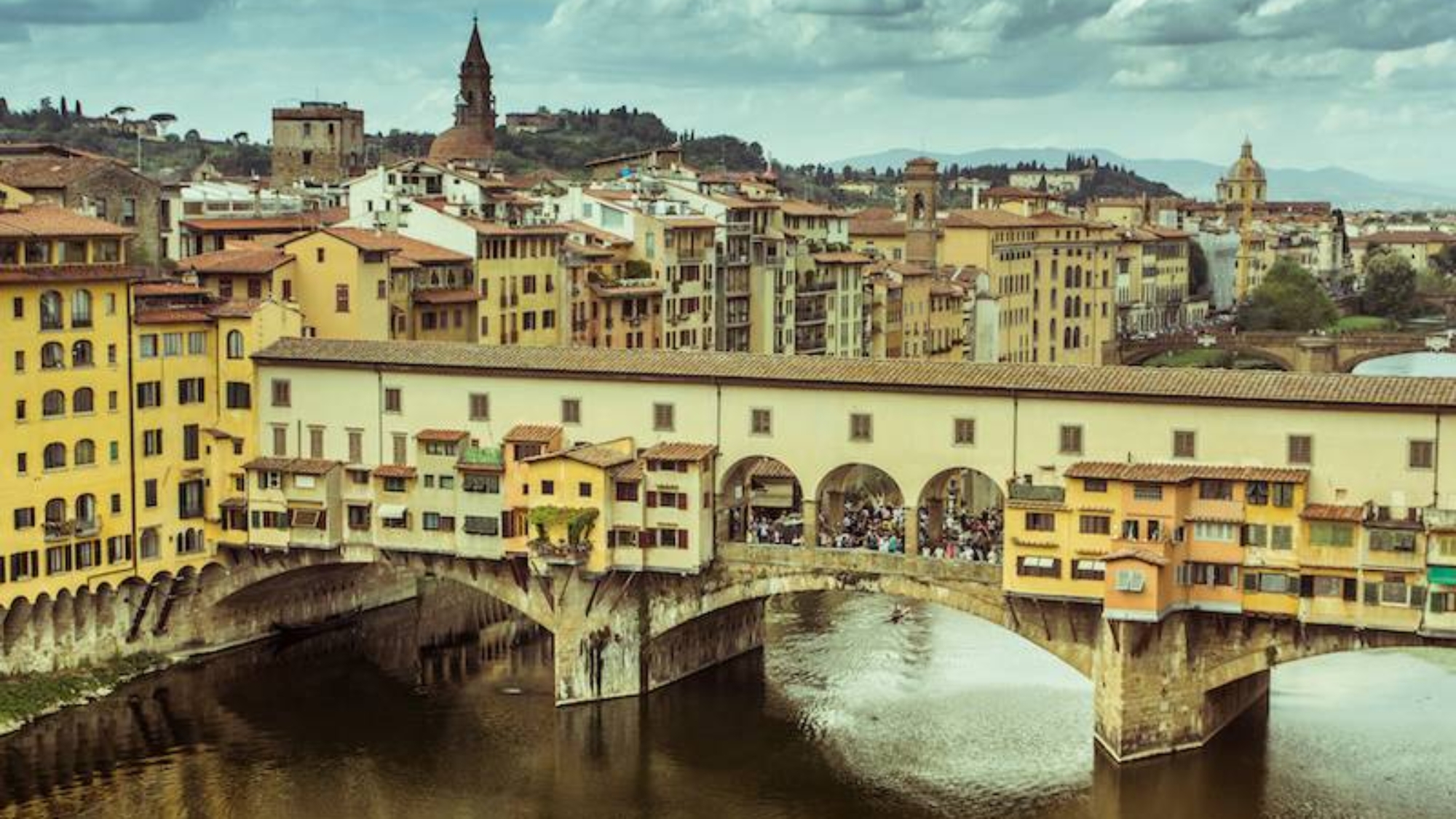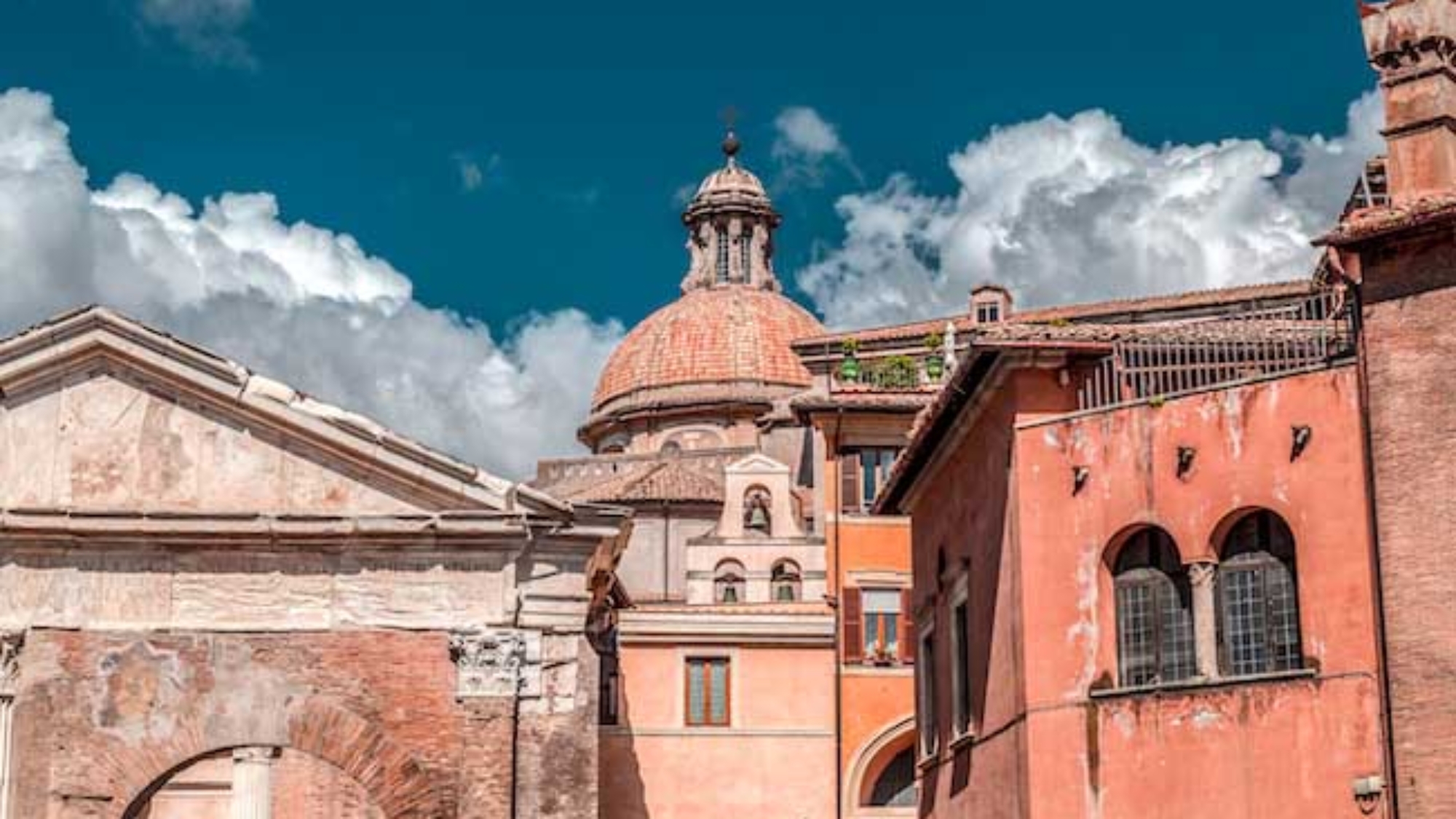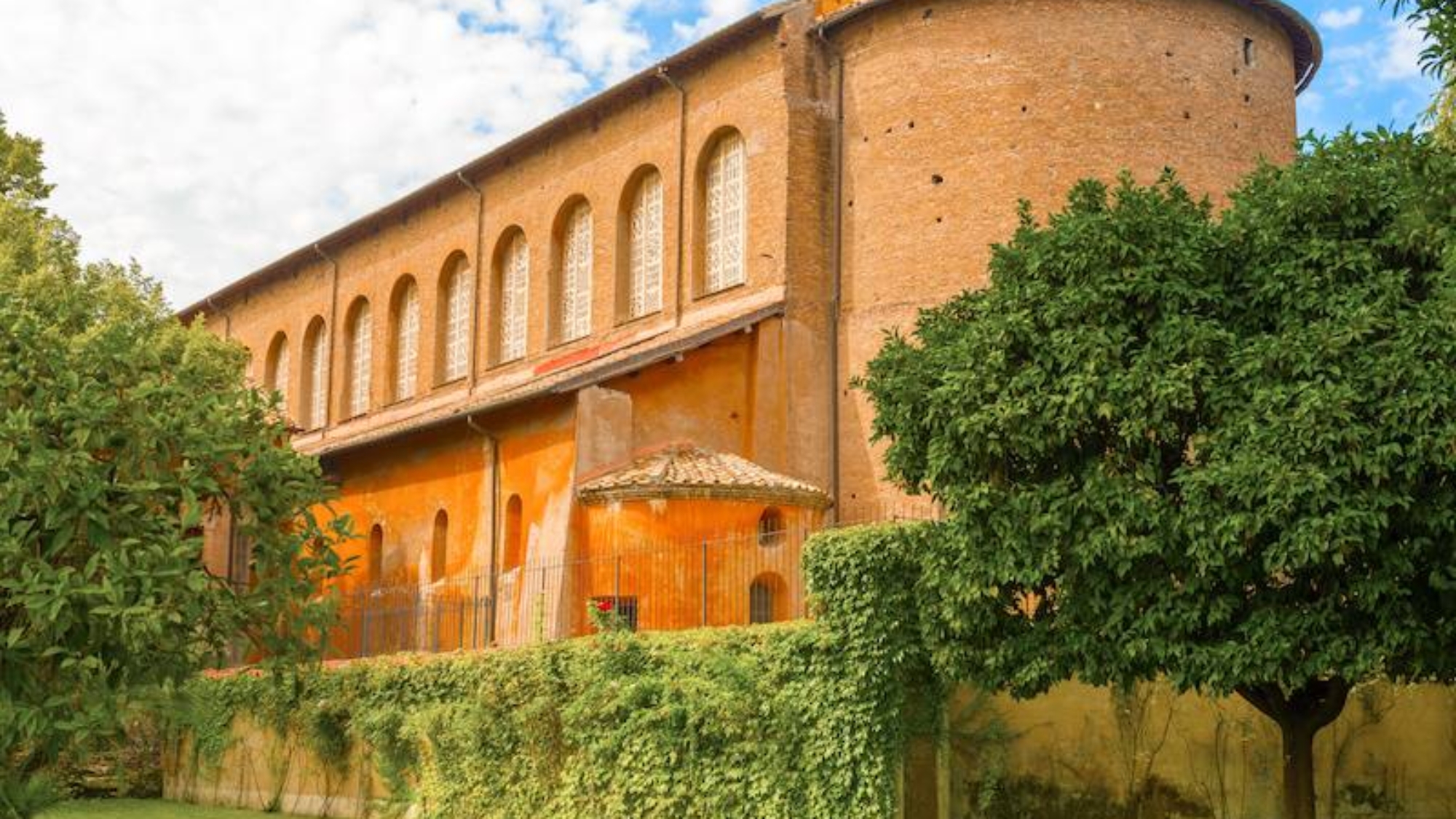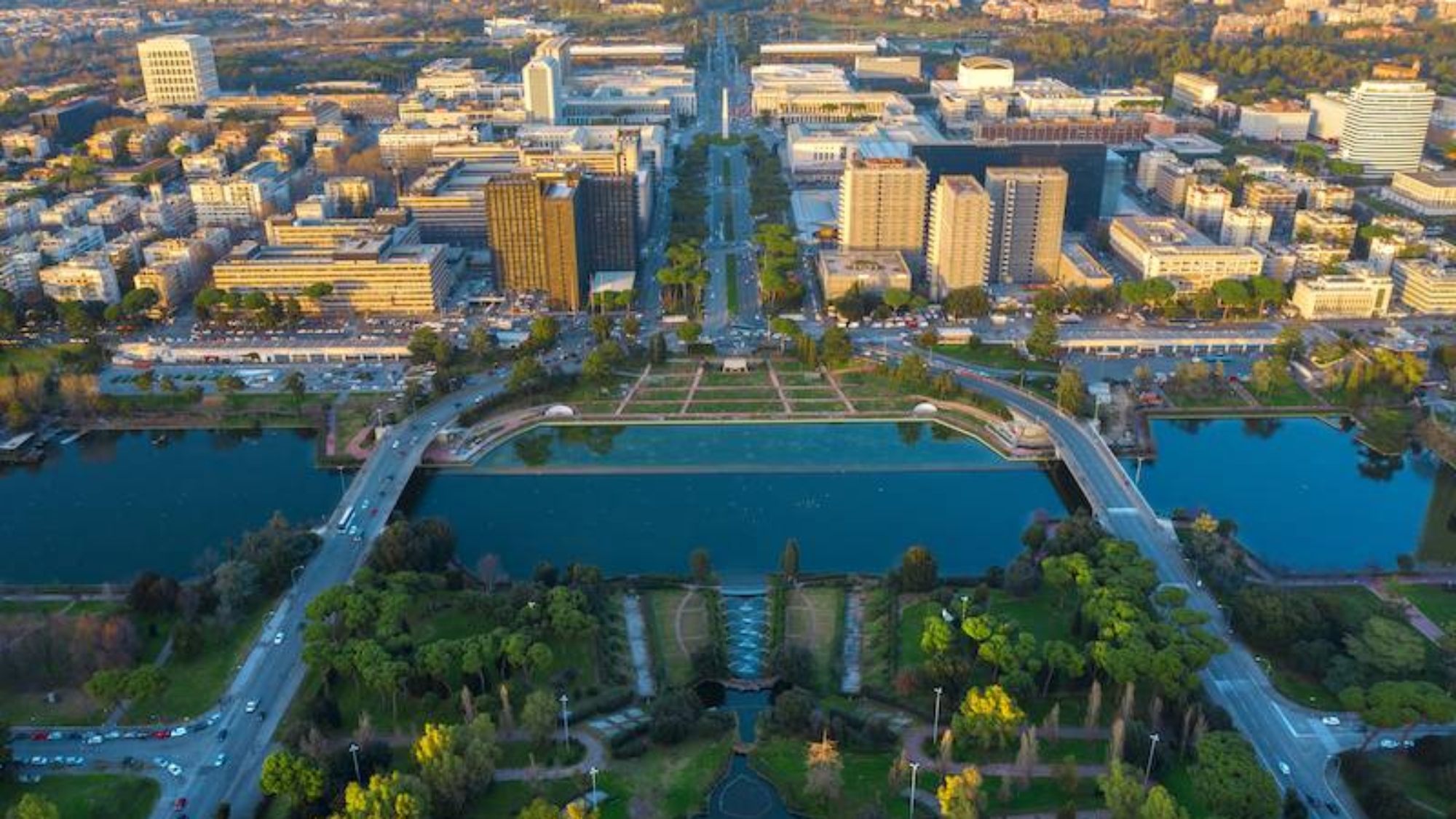Rome is a city that enchants at any time of the day, but there is something truly magical when the sun sets over the city’s rooftops and warm colors embrace the Eternal City.
If we combine this magical moment with one of the most relaxing pauses of the day, the aperitivo, and one of the most iconic locations in the world, the Vatican, the masterpiece is served!
If you are looking for a unique experience, here are the must-visit spots where you can enjoy a sunset drink with a view of one of the most iconic symbols in the world.
- Les Étoiles Rooftop Bar
Located inside the Hotel Atlante Star, Les Étoiles is one of the most famous places to admire the sunset over the Vatican. Its panoramic terrace offers a spectacular view of St. Peter’s Dome, so close it almost feels like you can touch it. As the sky turns shades of pink and orange, you can enjoy refined cocktails and gourmet snacks, all in an elegant and relaxing atmosphere. Perfect for a romantic evening if you’re on a couples’ trip, and to capture memorable photos. - Terrazza Borromini
For those seeking an exclusive experience, Terrazza Borromini, located in the heart of Rome in Piazza Navona, is the perfect spot as it offers a stunning view of St. Peter’s Basilica and the rooftops of the Vatican City. The elegance of the furnishings is combined with a 360-degree view of the city, making aperitivo a special moment. From here, you can admire the city from a privileged vantage point while relaxing with a glass of wine or one of their signature cocktails. - Eitch Borromini Rooftop Bar
Inside the historic Palazzo Pamphilj, the Eitch Borromini Rooftop Bar is a fascinating location for an unforgettable aperitivo. With a direct view of the Vatican and all of Rome, this rooftop allows you to immerse yourself in the Roman atmosphere while sipping excellent cocktails and enjoying delicious appetizers. The perfect mix of history, art, and taste. - La Terrazza del Gianicolo
Not far from the Vatican, on the Janiculum Hill, you’ll find another must-visit spot for sunset lovers. La Terrazza del Gianicolo offers a panoramic view of all of Rome, with St. Peter’s Dome standing out on the horizon. Here, in an informal yet charming setting, you can relax with a classic Italian aperitivo, perhaps accompanied by a selection of local wines and boards of cold cuts and cheeses. - Up Sunset Bar
If you’re looking for a modern location with an incredible view, Up Sunset Bar, located on the top floor of the La Rinascente building, the historic Italian luxury department store, is the right choice. With a unique perspective on St. Peter’s Dome and a chic, contemporary setting, this bar is perfect for those who want to enjoy a spectacular sunset while sipping a cocktail in a trendy and dynamic environment. - Tiziano Terrace by Monti View
Inside the Monti Palace Hotel, Tiziano Terrace is an oasis of peace in the heart of Rome, with a view that stretches across the city’s rooftops all the way to the Vatican. Their aperitivos include a wide selection of creative drinks and high-quality finger food, perfect for enjoying the sunset in total relaxation.
Conclusions
Whether you’re a Roman looking for a new experience or a tourist discovering the city’s beauties, these spots offer the perfect opportunity for a sunset aperitivo with a view of the Vatican. Sipping a drink while watching St. Peter’s Dome turn from indigo to orange is an experience that will stay in your memory, a perfect moment to relax and enjoy the magic of the Eternal City.

